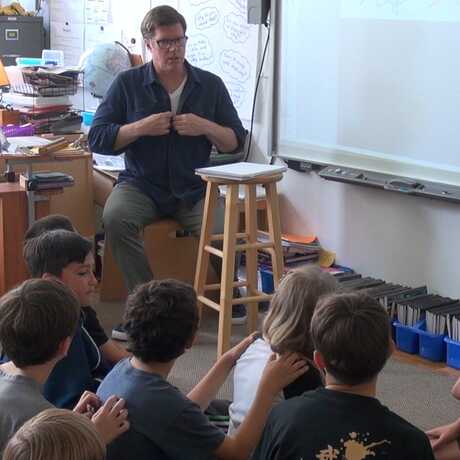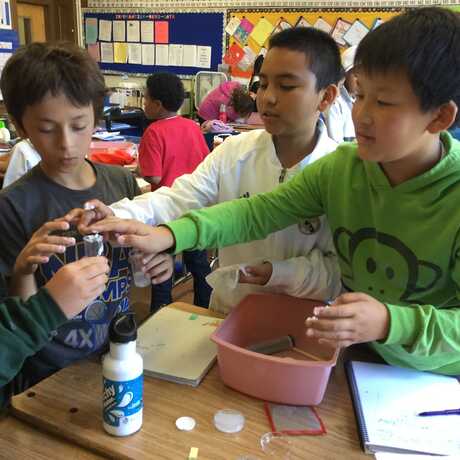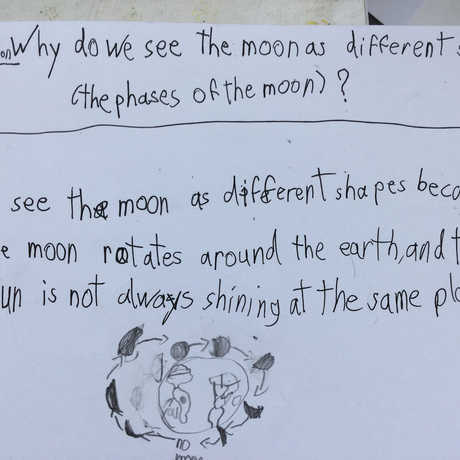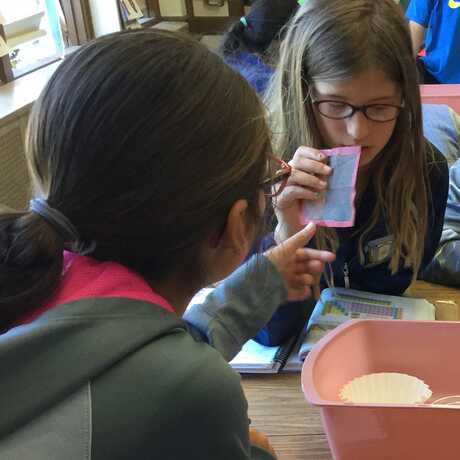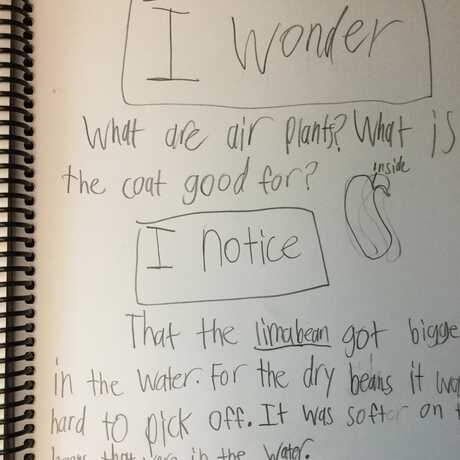
Below, you'll find guidance related to using science notebooks to anchor norms for productive group work, including:
- Examples of various norms
- Tips on how to use norms with notebooks
- An example story from a real classroom
Because we know teachers appreciate seeing the results of using these strategies, we've also created a gallery of examples.



